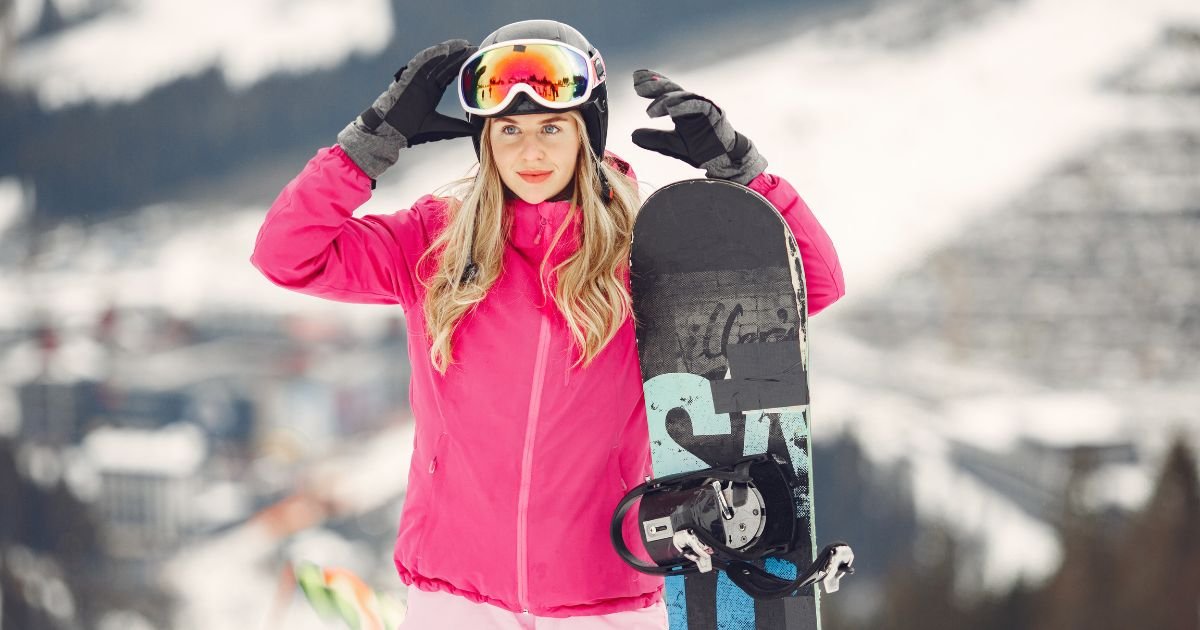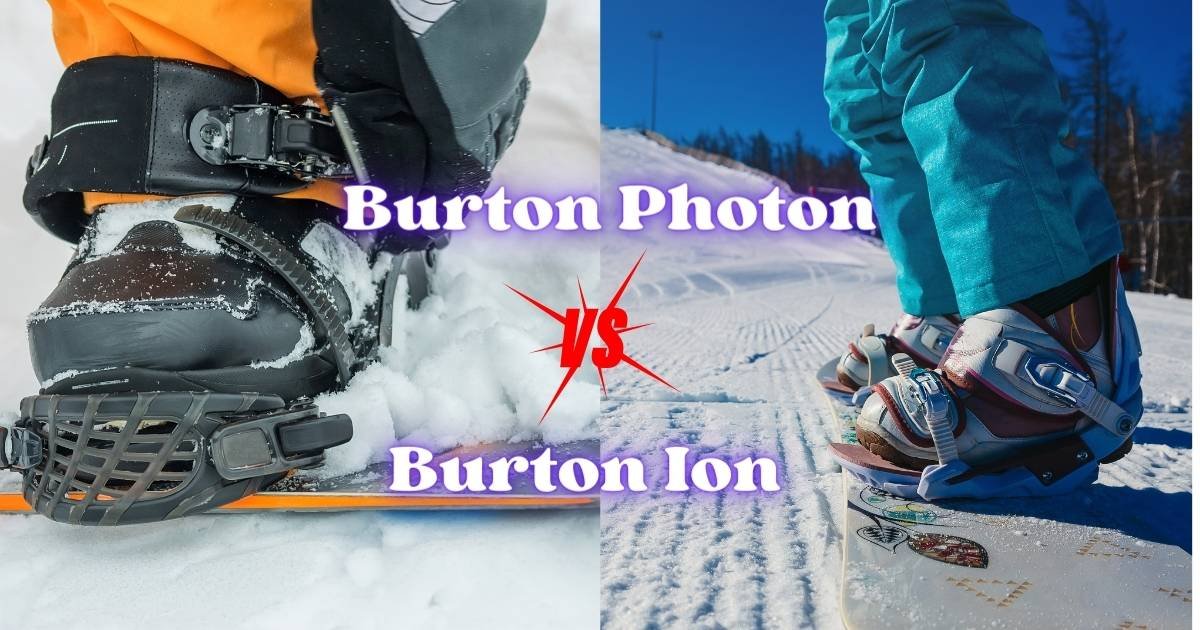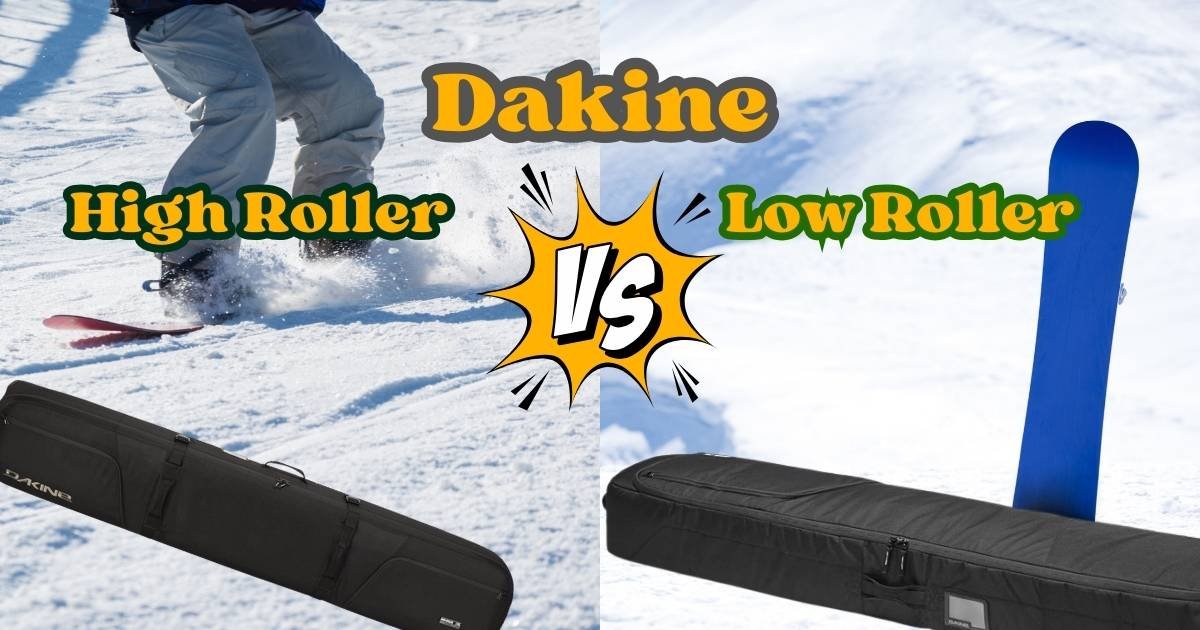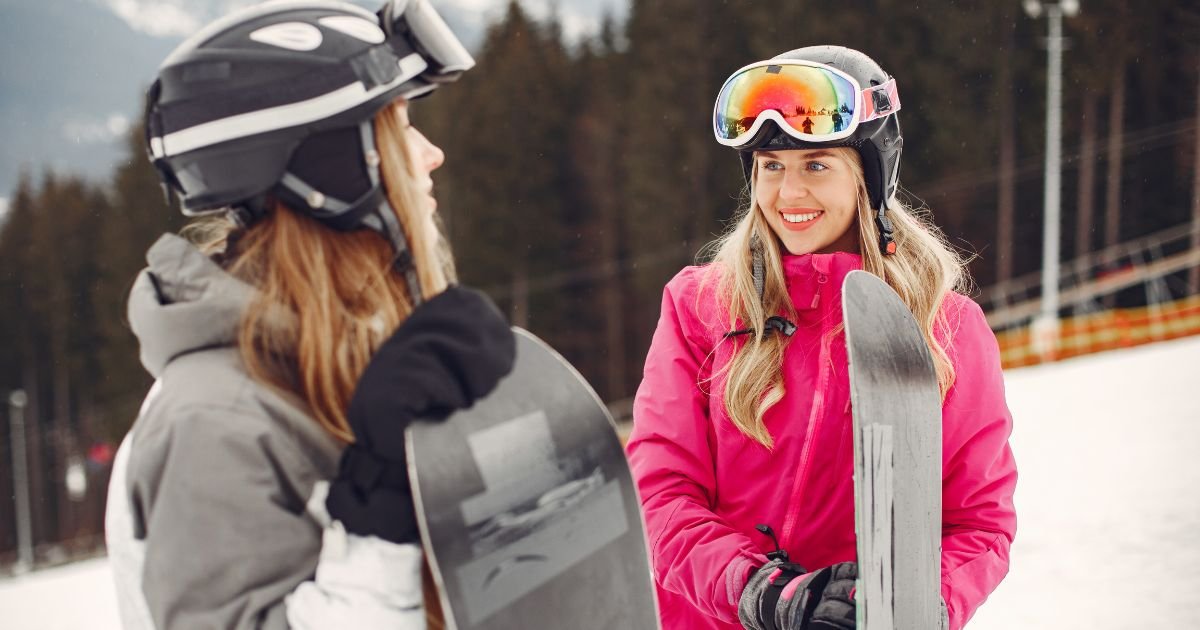Freestyle Vs All Mountain Snowboard: Basic Differences and Suitability!

Mountain life seems hard when it snows. But for some people, it becomes a blessing.
People who love snowboarding are always eager for the weather to turn in their favor so that they can go out and have some fun.
Some prefer to use freestyle snowboard, while some prefer mountain snowboard.
Both of them are perfect for riders who set their playgrounds. But if we do a short comparison of snowboard freestyle vs all mountains, we will be able to see the minute differences.
Freestyle snowboards are good for jumps and tricks while all mountain boards fit well to every situation.
Let us what uses are there for all mountain vs freestyle snowboarding.
What Is A Freestyle Snowboard?

Freestyle snowboard is a great deck for riders who love doing aerial tricks. It delivers better agility and a playful feel.
As compared to all mountain snowboard, these are small and lightweight enabling a rider to easily control it on the terrain and twist it in the air. It has the following characteristics:
Shorter and lighter body: Freestyle snowboards are shorter which is why they are easier to control. No matter if it’s a downslope or a mid-air stunt, the board provides better maneuverability due to its lightweight body.
Flex pattern: This is one of the key designs that enhances impact absorption and gives more control on the landing.
Twin-Tip shape: In this shape, both the nose and tail are identical. It gives more versatility for doing various tricks for the rider.
Symmetrical style: The shape of such a snowboard allows better rotation due to its symmetry. It gives more spins and higher control under a rider’s feet.
Soft edges: The shape of the board consists of detuned edges that make it easier and more reliable for landing.
Terrain for Freestyle Snowboards:
These boards are ideal for:
- Jumps and Kickers
- Terrain Parks
- Halfpipes
- Rails and Boxes
Examples of Freestyle Snowboard
- Burton Custom Flying V
- Lib Tech Skate Banana
What Is An All Mountain Snowboard
All mountain snowboards are a great product to be used in all kinds of snow conditions.
The reason behind it is that these boards have directional shapes and they are very much controllable for a single rider.
Along with their better control, they have the following characteristics.
Versatility: These boards come with camber profiles which greatly influence a board’s performance offering greater stability to the rider. Some boards may have a setback stance which allows more control on powder for floatation and flexibility.
Medium Flex: They have a blend of stability and maneuverability. They are well balanced on groomed surfaces and can also be adapted with ungroomed terrains.
Effective Edge: The effective edge design plays a major role in precise control on well-maintained slopes. It easily adapts to variable terrains and ensures better stability with its directional shape. Even if you want to use them for backcountry exploration, they are an ideal choice.
Directional Shape: Having a great quality build, they have more stability at higher speeds which is even effective on the ungroomed terrains too. These all mountain snowboards offer a smooth and stable ride for carving and cruising.
Terrain for All-Mountain Snowboards:
Following are the terrains where these snowboards fit well.
- Groomed Runs
- Powder
- Moguls
- Backcountry
Example of All-Mountain Snowboards:
- Jones Explorer
- Never Summer Proto Type Two
Freestyle Vs All Mountain Snowboarding
The choice of selection between an all mountain vs freeride snowboard can seem like a confusing task in the beginning. But, if you are keen on the details, you will understand what you need.
A freestyle board is suitable for style and tricks whereas an all-mountain snowboard fits different terrains and works well for a pro rider.
The freestyle snowboard vs all-mountain snowboard comparison can be differentiated based on the following points:
Skill Level Requirement:
Freestyle snowboards are a great choice for those who are building up their skills.
Any intermediate or advanced level rider should go for this type of snowboard to get a thrill from the jumps and practice his control.
In contrast, an all-mountain snowboard is very much adaptable, and it is best for pro-level riders.
Beginners can also get going with these types of boards because they offer more control and stability in all types of terrains.
Flexibility:
A freestyle board has a soft flex pattern that enhances its maneuverability, allowing riders to be easy with spins.
It is very much controllable while landing or when learning new tricks.
The all-mountain snowboard may not be as flexible as a freestyle board. It has a balanced stability and it can be used on any terrain for its effective responsiveness.
This makes it suitable for use in a variety of riding styles and conditions.
Shape and Profile:
Freestyle snowboards come with a twin-tip shape, where the nose and tail are almost the same.
This profile makes it very easy for a rider to perform tricks based on its balanced symmetrical style.
The all mountain snowboard has a directional shape. You will find a long nose on it which is made to provide better control at higher speeds.
This is why it is often used in challenging conditions.
Edge Technology:
The edges on the freestyle board are detuned so that they can deliver better and softer landing.
A catch-free design on such snowboard allows the rider to free perform stunts on rails, and boxes.
All-mountain snowboards on the other hand have an effective edge technology. Such boards play a great role in optimizing the edge length that touches the snow.
Due to this, they have more control and allow a rider to have a hold on groomed runs.
Camber Profile:
Both of these snowboards differ in camber profile. A freestyle has a flat or rocker camber profile.
It provides a relaxed and catch-free feel which is an ideal feeling for the riders who are more into park riding and doing tricks.
The all mountain snowboards have a traditional camber mostly that you will see. In some cases, you will find rocker or hybrid variations.
This changes their stability and delivers more edge control based on the design.
Weight Distribution:
On freestyle snowboards, the weight of a rider is evenly distributed between the nose and the tail. It’s a centered stance for balanced tricks and spins.
For all mountain boards, riders have to use a setback stance.
They have to stand more towards the back which allows the board to move swiftly across powdered snow areas and other terrains.
Speed and Stability:
In terms of speed and stability, a freestyle snowboard emphasizes maneuverability over outright speed.
It is because the riders usually perform tricks on them which shouldn’t be done at high speeds. And it also allows better control to them.
In comparison, the all-mountain snowboard can handle high speeds with stability.
They are very responsive to the rider’s actions when they are exploring an entire mountain confidently.
Bindings and Stance:
In the comparison of all mountain vs freeride snowboards, the bindings have a bit of a difference. The freestyle boards have a flexible binding to provide mobility that should be accessible to the rider.
The bindings on an all mountain snowboard are best for adjusting the stance based on weather conditions or the terrain upon which the rider is performing.
| Features | Freestyle Snowboards | All-Mountain Snowboards |
| Skill Level | Intermediate to Advanced | Beginner to Advanced |
| Flexibility | Softer flex for tricks and park riding | Medium flex for versatility in various conditions |
| Shape and Profile | Twin-tip shape, flat or rocker camber profiles | Directional shape, various camber profiles |
| Edge Technology | Detuned edges for catch-free park riding | Effective edge for stability on groomed runs |
| Camber Profile | Flat or rocker for a forgiving feel | Various profiles for balanced performance |
| Weight Distribution | Centered stance for even weight distribution | Setback stance for improved powder performance |
| Speed and Stability | Lower speeds, high maneuverability | Versatile speed range, stability at higher speeds |
| Bindings and Stance | Freestyle bindings, symmetrical stance | Versatile bindings, options for stance adjustments |
| Recommended Skill Levels | Intermediate to Advanced | Beginner to Advanced |
The table shows a side-by-side comparison of freestyle and all-mountain snowboards in which we have highlighted their characteristics.
The freestyle snowboards are more suitable for intermediate or advanced-level riders whereas all mountain snowboards are best for a broader range of skill levels.
Some Words
The choice between an all mountain vs freestyle snowboard mainly depends on your riding style.
Based on the skill set that you possess or the type of activity you want to do, you can go with either one of them.
They provide well-balanced and stable control on different terrain conditions. When you understand their difference, it becomes clear which matches your style more.
A freestyle snowboard is best to be used in parks, for stunts, and even on rails.
On the other hand, all mountain snowboards fit well to every rider style from beginner to the pro level making it a suitable choice for all levels.






